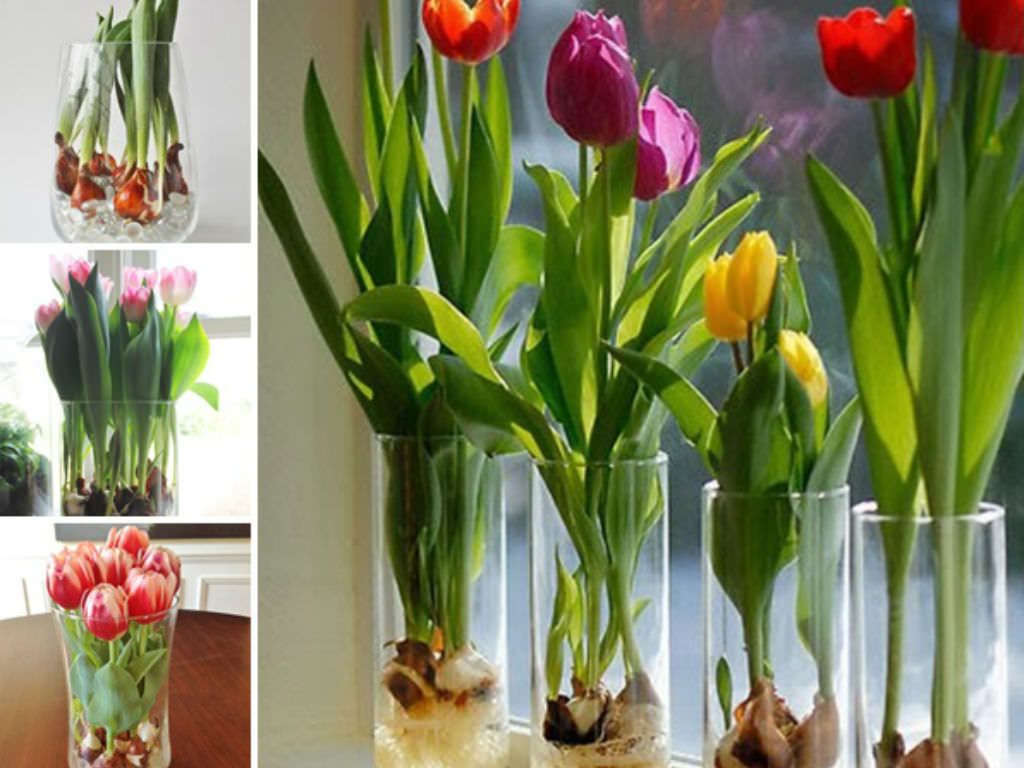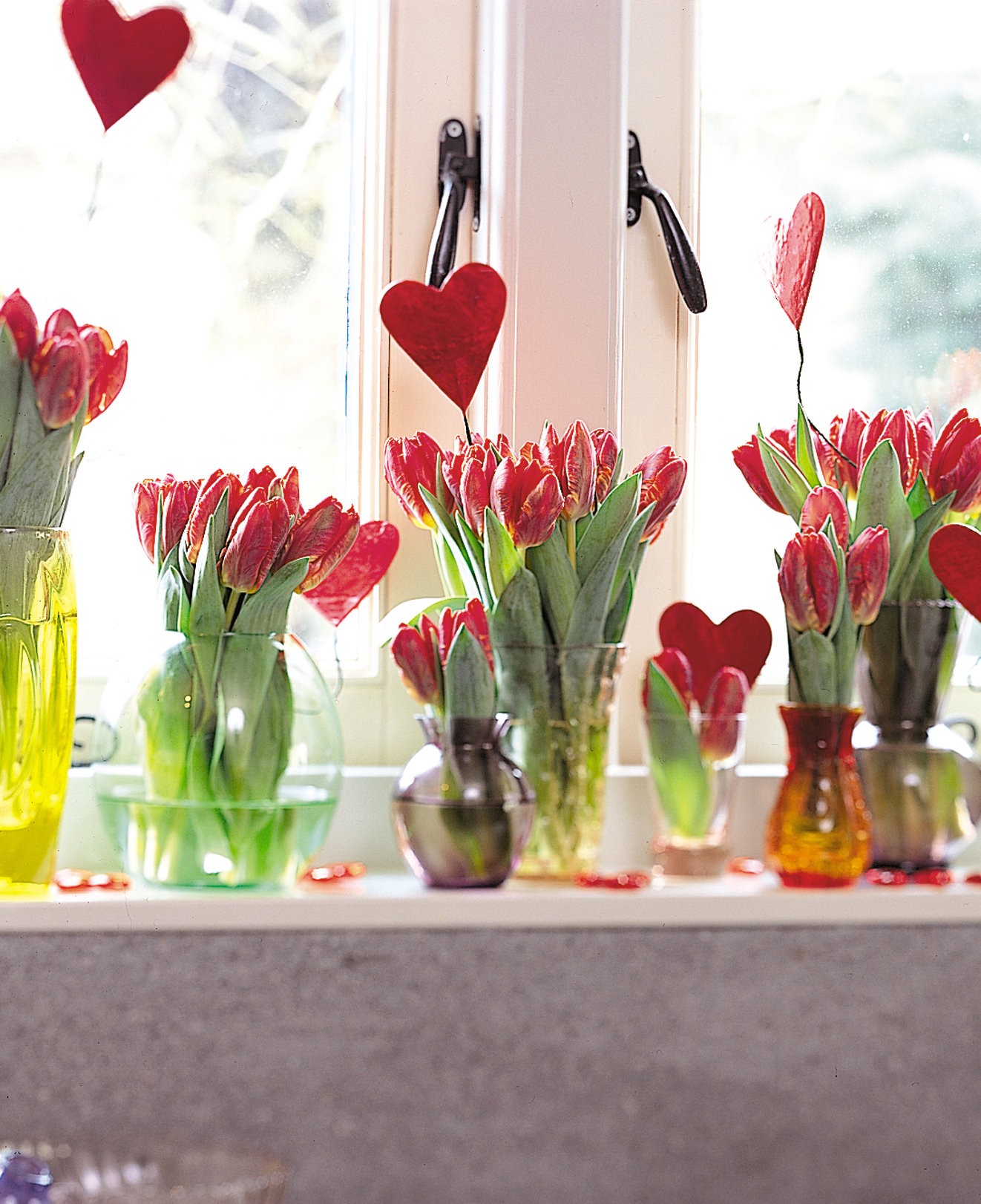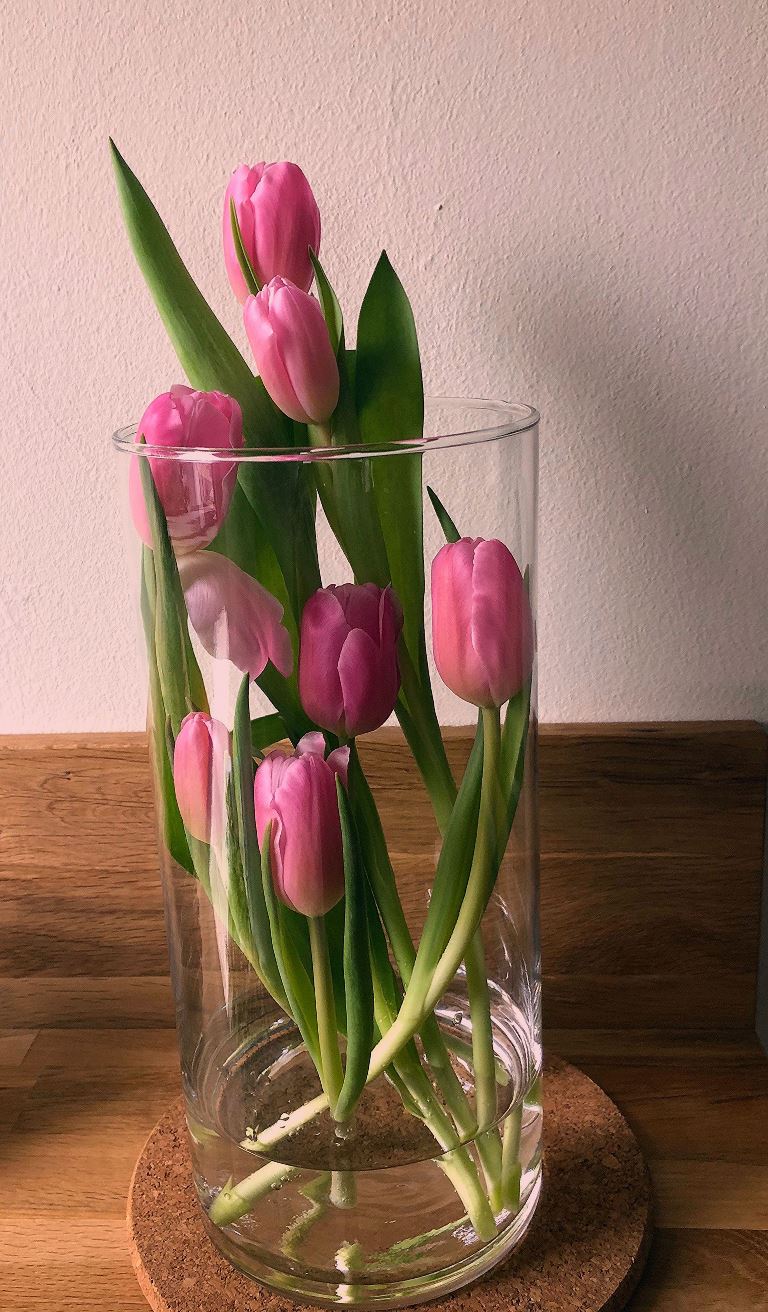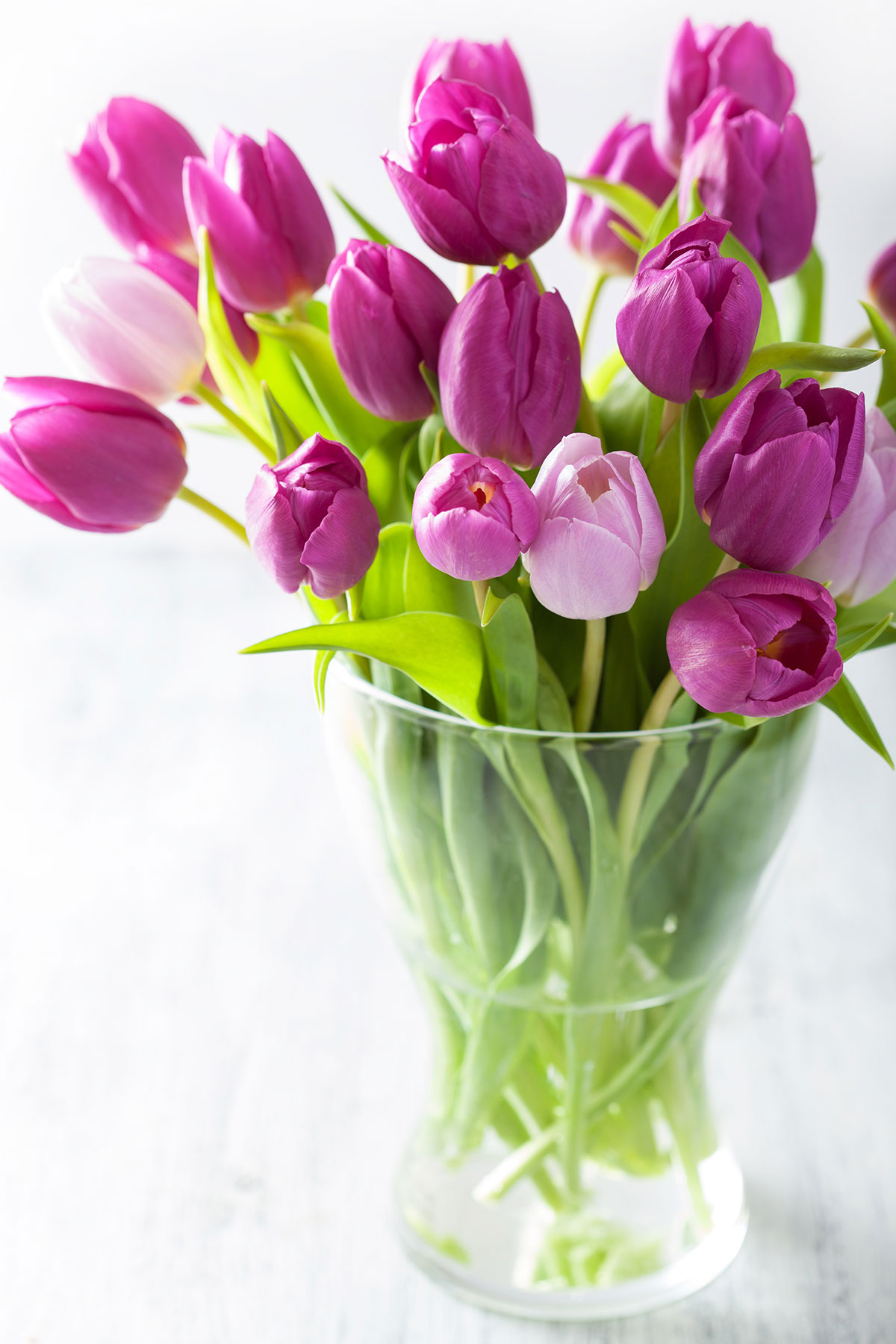
When we wish to cultivate a plant, we normally put it in a pot or a seedbed with dirt and plant it directly in the ground. However, we have another extremely simple and effective alternative to bulbous plants: water. Yes, we can put the bulb immediately in water and have it take root and grow into a plant. Tulips, as you may know, are lovely blooms with a bulb, so we can try them. We’ll show you how to grow tulips in water in this article to make your job easier.
Aside from teaching the method, we’ll also go over what bulbous plants are and how to care for tulips in water. So, if you adore tulips and want to cultivate them at home, don’t hesitate to read this post.
What are Bulbous Plants?
Bulbous plants are becoming more popular as food. This is unsurprising given how hardy they are and how much easier they are to grow than many other plants. But what are they, exactly? All vegetables that can be grown from tuberous roots, rhizomes, bulbs, or corms are included in this category.
These components are underground plant organs in which plants store nutritious reserves generated by their leaves. That’s why they’re able to make it through the winter: These plants shed their leaves in the winter but keep their nutritional reserves. In the spring, a new plant will be able to sprout thanks to the organs stated previously.
Although tulips are the most well-known bulbous plants, there are numerous more that are equally well-known. Let’s look at a few examples:
- Bulbs: Lily, Clivia, Fritillaria, Hemerocalis, Hippeastrum, Iris, Hyacinth, Muscari, Narcissus, Nardo, Nerine, Tigridia, Tigri
- Gladiolus, Freesia, Ixia, Crocus, and other corms
- Agapanto, Anemone, Begonia, Cyclamen, Dalia, Ranunculus, and other tuberous roots
- Cala, Caa de las Indias, Convallaria majalis, Lily, and other rhizomes
How to Germinate Bulbs in Water?

Growing tulips in water, as we’ve already indicated, is a possible option. It’s not only a quick and easy procedure, but it’s also very decorative. Hydroponic cultivation is another name for this technology. This procedure is simple to carry out. Aside from the bulb, we’ll need a container full of water for this. The depth should not be too great, as the bulb should not be fully submerged.
It’s critical that less than half of the bulb remains submerged if we want it to sprout effectively. In addition, it is necessary to replace the water every ten days to avoid the growth of fungi and the rotting of the vegetable. It is vital to keep the containers in the dark and at a temperature of fifteen to eighteen degrees for the first forty to fifty days. Cover the entire container or just the top of the bulb with a black plastic bag as a quick fix.
We’ll watch as the roots and stem of the mass we call a bulb to begin to sprout over time. It’s an interesting process to observe, and the end result will be some stunning water tulips. However, if you want a more traditional approach to bulbous plant growth.
Grow Tulips in Water

To elaborate further on the issue of tulips in water, it is necessary to discuss the optimum time and climate for doing this task. As you may have guessed, the bulbs of these flowers already contain sufficient nutrients and do not require special attention.
In general, if we live in an area with harsh winters, it is advisable to plant tulips in late autumn, and they will blossom in mid-spring. If we live in a warmer climate, however, the ideal alternative is to plant the bulbs as soon as spring arrives. They will begin to blossom at the start of summer in this situation. Tulips underwater are normally thirty to sixty centimeters tall, with the blossoms drying off after three weeks.
Where do we acquire tulip bulbs, though? Nurseries, florists, and garden stores commonly sell these organs. Keep in mind that the tulip will get larger as the bulb grows larger. Because they come from colder locations, we must incubate them in the refrigerator for about twelve weeks after purchasing them. It is highly recommended that all bulbs, regardless of the type of crop or whether it will be grown on land or in water, adhere to this rest period.
How do You Take Care of Tulips in Water?

Tulips are traditionally considered spring flowers. They can, however, be grown all year in a glass container using the water bulb method. The roots will grow downwards, staying in the water, while the vegetable’s prized flower will bloom at the top. It will undoubtedly stand out in our home and contribute to the beautification of the environment.
Although it is true that growing tulips in water is simple, there are some considerations that must be made. To prevent fungus from growing and the plant from rotting, the water must be changed on a regular basis. Furthermore, we must protect tulips from draughts and avoid placing them near the heater. The best thing to do is place these flowers near a window. They will receive sunshine in this manner, but it will not be too direct.
If we’ve been given loose tulips or a bouquet of them, the best thing we can do is cut the stems at a 45-degree angle and place them in water. As a result, each blossom will have a larger surface area for absorption. Of course, we should use large, sharp scissors for this work so that we don’t accidentally crush the stems.
Growing tulips in water using their bulb is not difficult, as you can see. All you need now is a bulb to give it a shot!






